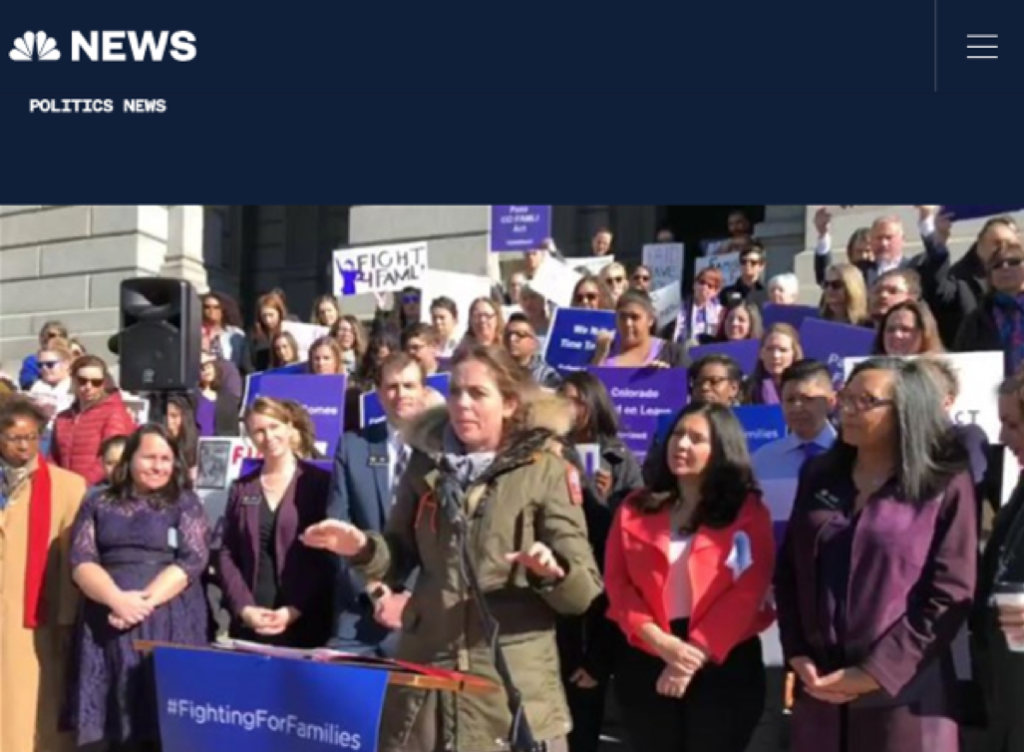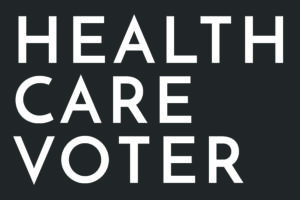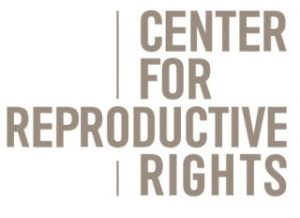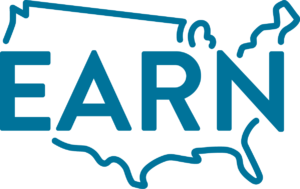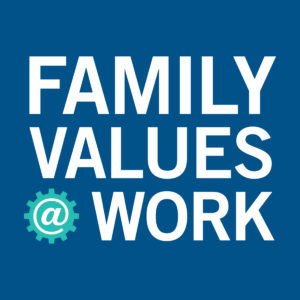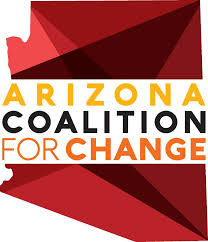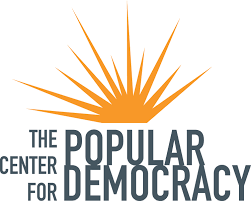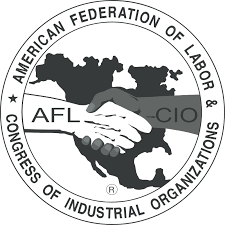As part of SiX’s 2018 #FightingForFamilies Week of Action, Tate Hausman, the Executive Director of the Millions of Jobs Coalition, wrote a guest blog on the importance of public infrastructure investment that doesn’t rely on private investment or place an undue burden on state and local governments.
By Tate Hausman
It’s no secret – America’s infrastructure is failing. The crumbling state of our infrastructure earned it a grade of D+ from the American Society of Civil Engineers in their 2017 report.
In an era of unprecedented political partisanship, investing in infrastructure is seemingly one of few things that all Americans still agree on. Ask any of the ninety percent of Americans who drive to work every day. Ask any child who takes the bus to school in the mornings. Ask the residents of Flint, Michigan.
They will all tell you the same thing – that America’s infrastructure is in dire need of an upgrade. For decades, roads, bridges, and other critical infrastructure have sat in disrepair in cities towns across the entire country. During the State Innovation Exchange’s Fighting for Families Week of Action and beyond, progressive legislators in states like Colorado and Michigan are acting on that need by emphasizing the importance of investing in infrastructure updates to create good jobs and improve American’s quality of life.
But in last week’s State of the Union address, as President Trump embarks on his second year in office, we learned more about the White House’s master plan to upgrade America’s infrastructure. As is so often the case with President Trump, there was much to fact check.
Throughout his campaign, President Trump campaigned on a “$1 trillion infrastructure plan,” but leaked details show the proposal only contains $200 billion in dedicated federal funding. The rest of the invented money is supposed to come from private investment (so-called P3s). State and local governments are already responsible for over 80% of all infrastructure investment, but instead of bridging the state and local funding gap, Trump’s infrastructure plan relies heavily on private investment (i.e., leveraging private equity capital). That means more tolls in our cities and little or no improvements at all for rural America. After all, there is simply no incentive for Wall Street investors to fix a broken bridge in Harrisburg, Pennsylvania.
The kicker? That $200 billion wouldn’t actually include any new federal spending. Instead, that pot of money would come from massive cuts to Amtrak, TIGER and other existing infrastructure programs, resulting in the loss of hundreds of thousands of jobs.
President Trump’s “toll bill” would effectively rob public funding from Peter to pay investment banker Paul.
President Trump’s infrastructure proposal would also severely roll back public input and critical environmental reviews under the National Environmental Policy Act (NEPA). This and other bedrock environmental laws like the Clean Air and Clean Water Acts protect public health and are essential tools ensuring government accountability. Without these protections, pipelines through National Parks and toxic waste incinerators in local neighborhoods – exempted from complying with basic environmental laws – are all very real possibilities. Fortunately, Americans don’t buy the claim that safe roads have to come at the cost of clean water.
We know better: with the right leadership and the proper foresight, our nation’s infrastructure problems are very solvable. The basis of that plan must be major, direct federal investment. Large parts of rural America simply don’t have the money or the traffic to attract private-sector investment.
What Republican President Dwight D. Eisenhower knew to be true in the 1950s is still true today. It’s no accident that federal highway system – one of the most successful programs in the history of our country – was a product of direct public investment in infrastructure.
By embracing a just, equitable, and sustainable vision for the American economy that prioritizes public investment instead of corporate giveaways, an infrastructure package that creates new jobs is achievable. That requires the following:
1. Invest in creating millions of new jobs.
2. Prioritize public investment over corporate giveaways and selling off public goods.
3. Ensure that direct public investment provides the overwhelming majority of the funds for infrastructure improvement.
4. Prioritize racial and gender equity, environmental justice, and worker protections.
5. Embrace 21st-century clean energy jobs.
6. Protect wages, expand Buy American provisions, encourage project labor agreements, and prioritize the needs of disadvantaged communities — both urban and rural.
7. Ensure the wealthiest Americans and giant corporations who reap the greatest economic benefit from public goods pay their fair share for key investments.
8. Ensure infrastructure investment does not come at the expense of Social Security and other vital programs.
9. Protect and strengthen existing rules and laws protecting our environment, worker safety, wages, or equitable hiring practices.
10. Prioritize resilient infrastructure that can withstand natural disasters and cyber or physical attacks.
Everybody wants strong infrastructure – Democrats and Republicans alike – but Trump’s infrastructure plan comes at far too high a cost. It would line the pockets of Trump supporters on Wall Street, while leaving the rest of us to pay Trump Tolls on our ever-worsening highways, bridges and transit systems. After $1.5 trillion in corporate tax cuts, simply can't afford another giveaway to the ultra-rich.
Tate Hausman is the Executive Director of the Millions of Jobs coalition, a diverse coalition of labor unions, advocacy groups, elected officials, and grassroots activists working for a real, long-term, 21st-century jobs and infrastructure package that benefits all Americans.
